These are the colours you need to wear to be successful in life
Add these four hues to your wardrobe now
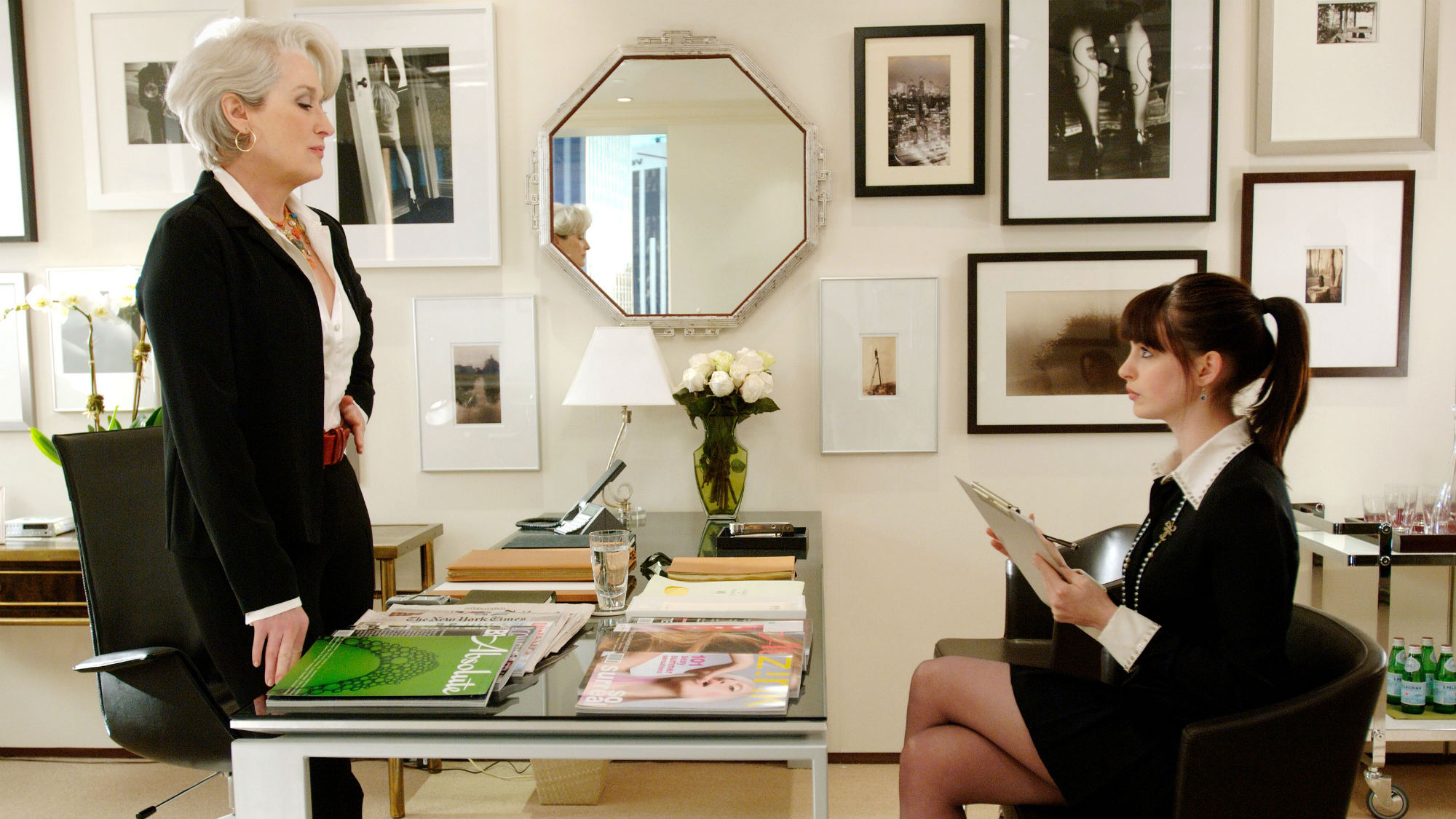
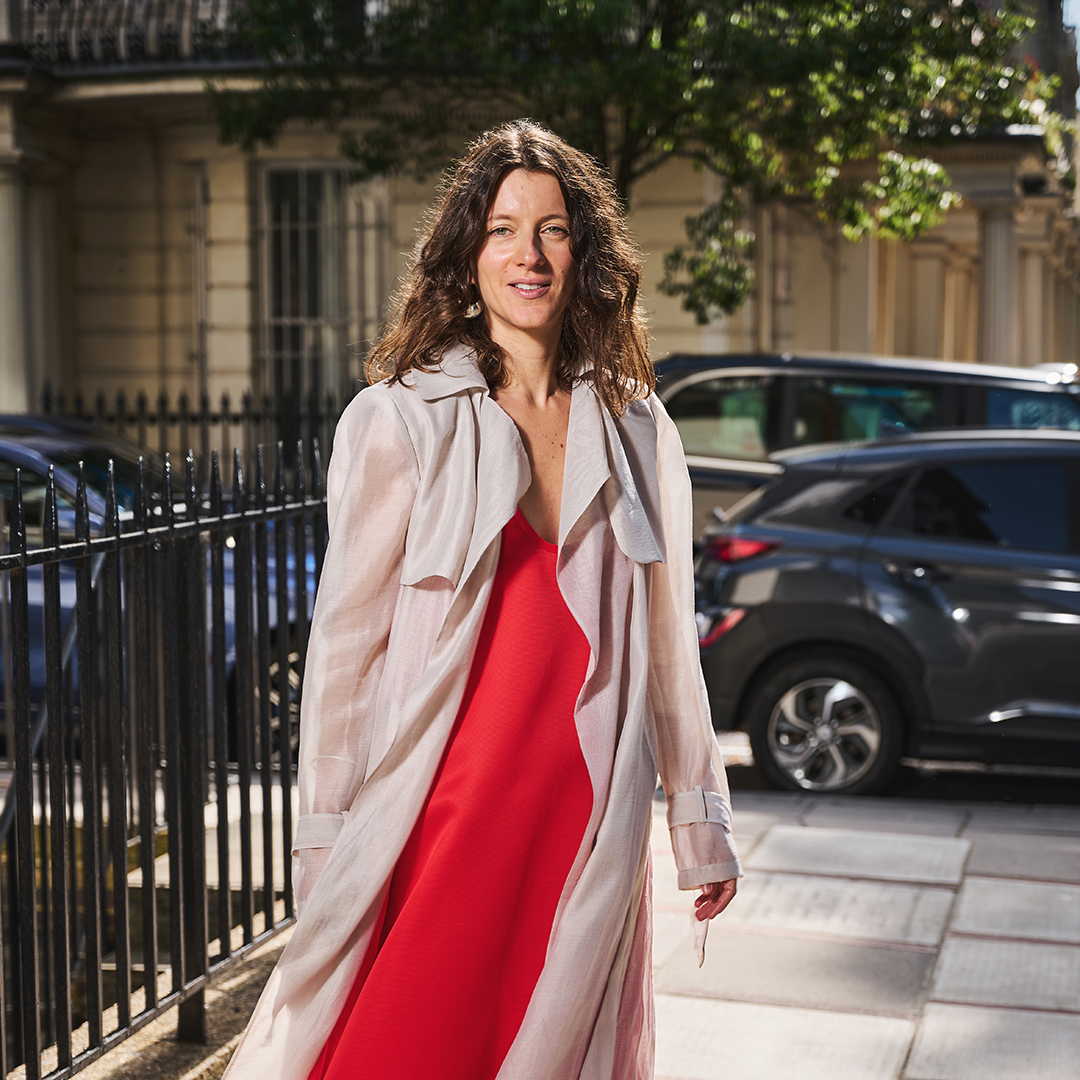
Add these four hues to your wardrobe now
Words by Shakaila Forbes-Bell
Think about it: how long does it take you to plan your outfit for a job interview or an important business meeting? Half an hour? An hour? Two? The point is, you probably spend as long planning what to wear as the actual meeting itself.
Because like it or not, you’ll often be judged by what you wear. Shakaila Forbes-Bell, Founder & Editor-In-Chief The Psychology of Fashion, explains it takes a fraction of a second to form an impression: 0.1 seconds to be exact.
'You can’t possibly reel off your likes, your dislikes, your hopes and dreams in 0.1 seconds - so what happens? Your clothes speak for you. Clothing style serves as an implicit perceptual cue, influential in the execution of a wealth of social transactions,' she says.
And while style is important, it all comes down to one thing: which colour you wear. Shakaila says, 'colour of our clothes have a significant impact in eliciting certain psychosocial behaviours'.
With that in mind, she shares the colours you can wear to make sure that your first impression is the right one.
Marie Claire Newsletter
Celebrity news, beauty, fashion advice, and fascinating features, delivered straight to your inbox!
Red
Within the realm of colour psychology, no other colour gets quite as much attention as red – most notably due to its effect on sexual attraction. A study on attractiveness by Nicolas Guéguen compared perceptions of women wearing red, blue, green and white clothing. Results indicated that the women who wore red were viewed by men as having higher sexual intent than women wearing other colours.
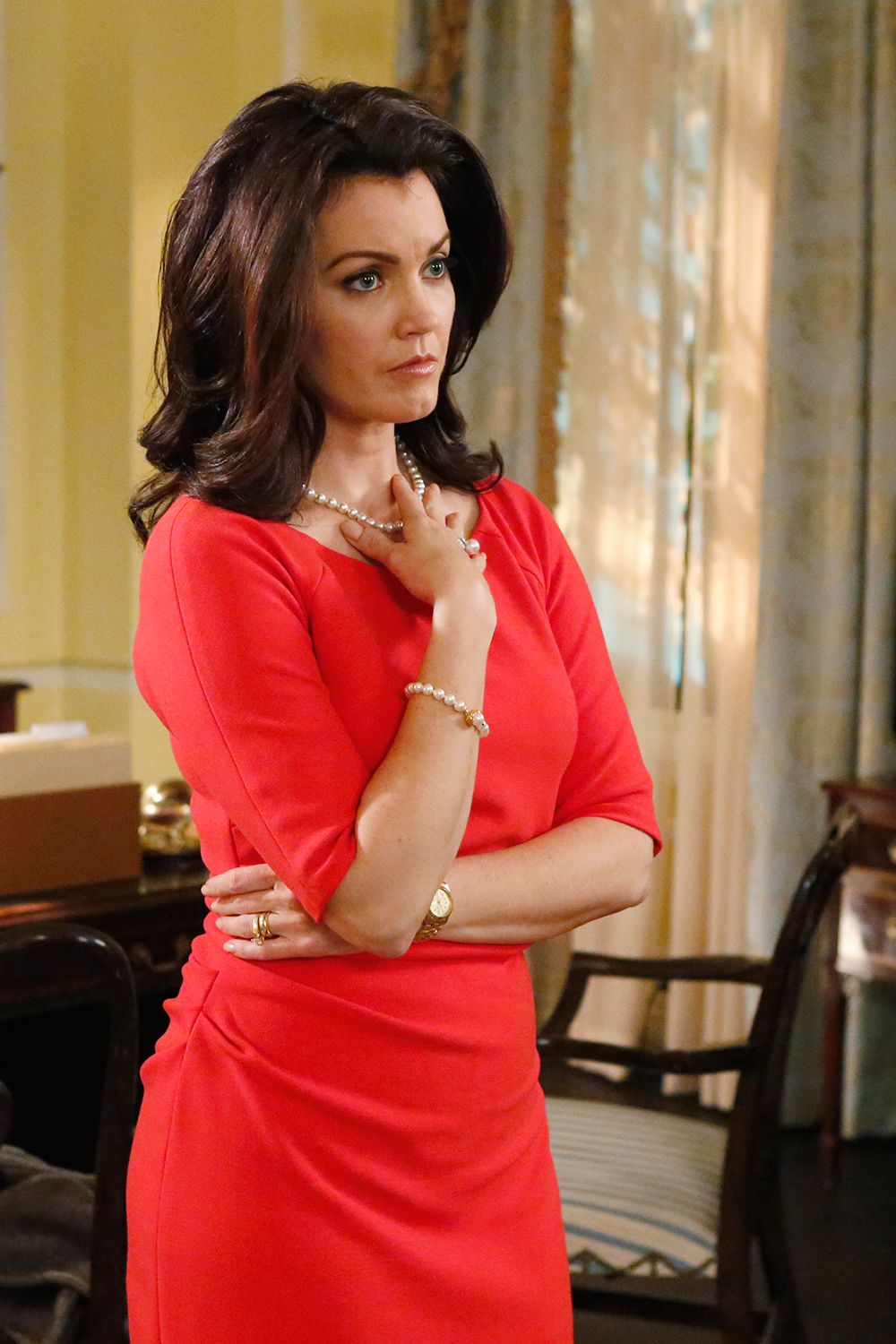
Similarly, psychologists in France have discovered that males solicit women when wearing red lipstick more so than women wearing pink, brown or no lipstick at all. But it’s not a one way street. Research also shows that exposure to red in women enhances their attractiveness ratings in members of the opposite sex. Even in simple word association studies participants associate red with 'exciting' and 'stimulating' (Wexner, 1954) suggesting that red is the go to colour to wear for singletons on the prowl.
The power of red does not stop there. Experimental studies measuring physiological responses such as Galvanic Skin Response have shown that red is actually more physically arousing than other colours (Wilson, 1966). In fact, a 2012 study by Meier and colleagues found that when asked to attend an interview about dating, participants walked faster to the interview if they were exposed to the colour red! Red can also help to increase your bank balance. Those in the service industry will be interested to know that a study on tipping behaviour found that patrons tip more for waitresses wearing red.
Black
If you’re into combat sports then black is the colour for you. When studying professional football and hockey teams, researchers Frank and Gilovich discovered that black uniforms were greater associated with perceived aggression, resulting in a higher number of disciplinary actions. It can be argued that the results of this study highlight the effect of the colour black in internalised feelings of dominance.
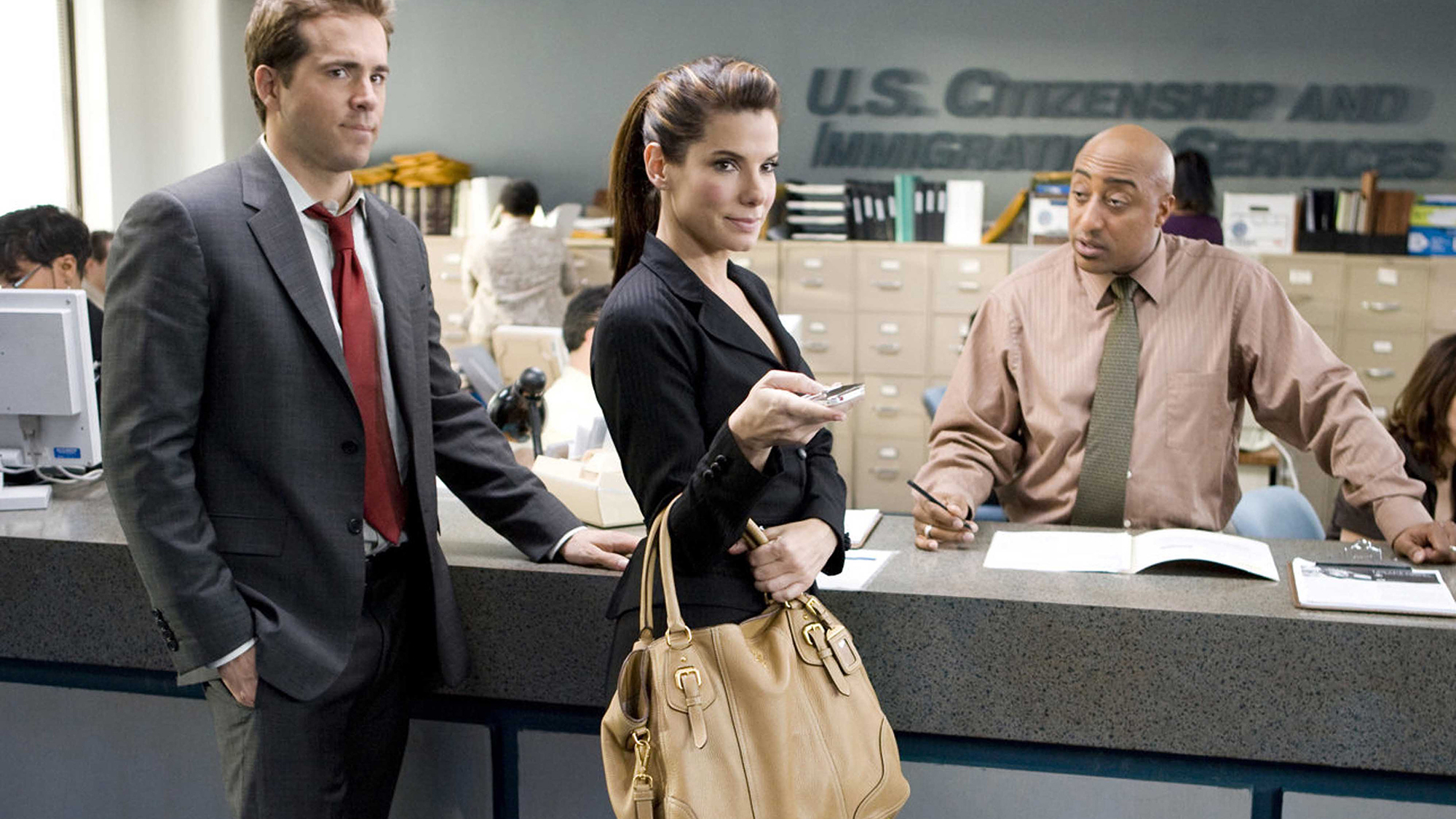
When in stressful situations such as job interviews, we can become timid and reserved, often failing to fully reveal our true potential. This is when wearing a bit of dominance-inducing black will serve you best. In word association tests, black is tied with the words 'powerful', 'strong' and 'masterful', thus suggesting that it’s the perfect colour to wear when hoping to project an air of authority.
In their study, Damhorst and Reed investigated male reviewers of female job applicants. They found that women wearing darker colours such as black were rated as being more powerful and competent than those wearing lighter coloured jackets. In the fashion world, black also plays an authoritative role – you have black tie events, black limousines, the little black dress to name a few. It’s no wonder that many people proudly own wardrobes full of clothes in varying shades of black as the colour denotes sophistication, glamour, power and stateliness in the most simplistic manner.
Blue
When we think of blue the first thing that comes to our minds is calm. Unlike red, blue is a low arousal colour which studies reveal people associate with the words 'secure', 'comfortable' and 'tender'. It is said that navy is the most popular coloured tie in a gentleman’s wardrobe and is often the choice of politicians the world over. Cross cultural studies have also found that the colours blue and green are associated with ‘goodness’. Therefore in high pressured situations you may find that wearing blue will help to promote a soothing and positive influence. Fraser and Banks (2004) found blue to be linked to competence, intelligence, trust and efficiency.
However, blue is not always that serious. In one study, participants were tasked with generating as many creative uses as possible for a brick (because what else would you be doing on a Saturday night?). Results found that participants exposed to blue demonstrated a higher mean creativity score than those exposed to red. If you want to be cool, calm, collected and creative, your faithful blue jeans will serve you well.
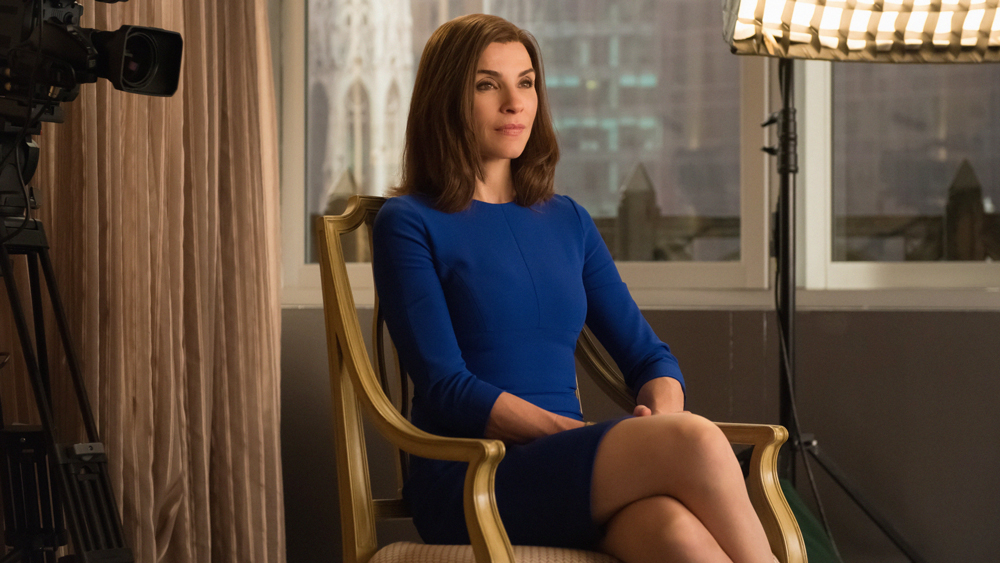
Fashion entrepreneurs are also encouraged to engage with the colour blue as studies have shown that blue logos increase quality and trustworthiness appraisals. Similarly, in studies on shopping intentions research indicated that blue interiors are associated with higher store patronage or to put it simply blue means ka-ching! Sticking with the theme of interiors, a study by Lockley and colleagues found that being exposed to blue light can increase alertness and performance on attention based tasks. So the next time you watch an entire five series box-set instead of finishing that pile of work on your desk don’t worry, it’s not because you’re not lazy it’s because you need blue lighting.
Pink
A personal favourite – the colour pink has had somewhat of a revolution in recent years. Early psychological studies considered pink to be a gender signifying colour. Boys wore blue and girls wore pink and as such pink, was associated exclusively with femininity. However, given the recent popularity of ‘tumblr’ or ‘millennial pink’ the hue has taken on a new perspective. The recent adoption of pink is this generation's way of reclaiming antiquated notions of prettiness and its association with adolescent girls.
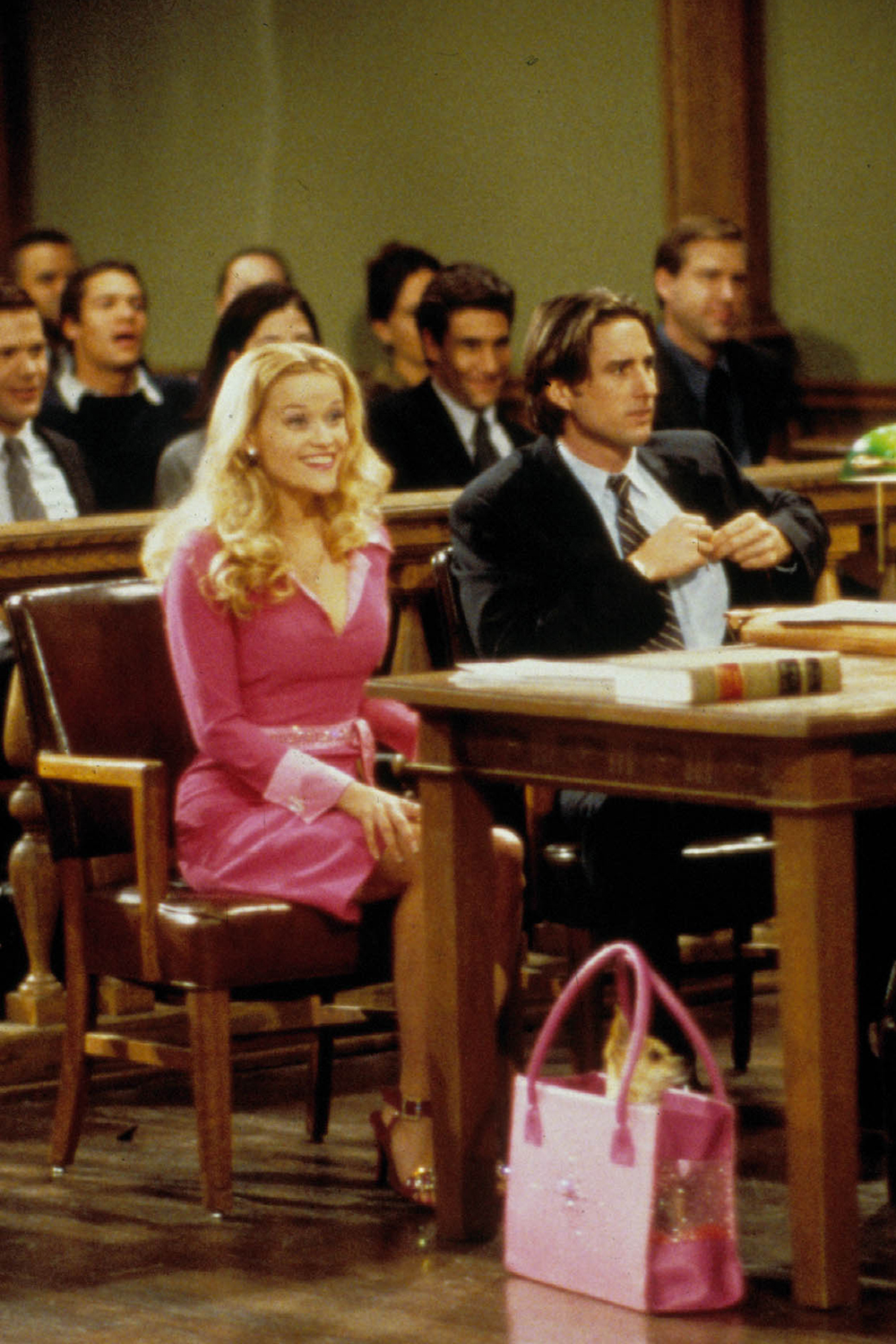
A qualitative psychological study conducted by Veronika Koller (2008) found that many now associate the colour pink with independence and post-feminist femininity. Whilst wearing pink will still evoke impressions surrounding gentleness and nurturing, adding a splash of pink to your wardrobe will signify both power and progressiveness. One of the great things about colour psychology is that it’s a multi-layered concept.
The theory of Enclothed Cognition by researchers Adam and Galinsky suggest that if you associate a particular attribute to a specific colour, wearing that colour will cause you to embody said attribute. For example, if you associate the colour purple with strength, wearing a stylish purple top just might make you feel like Wonder Woman in all her glory. When it comes to styling, embrace the rainbow but choose your hues wisely.
Penny Goldstone is the Contributing Fashion Editor at Marie Claire UK. She writes about catwalk trends and the latest high street and Instagram sartorial must-haves. She also helms the Women Who Win franchise.
She has worked in fashion for over 10 years, contributing to publications such as Cosmopolitan, Red, Good Housekeeping, and Stylist.
-
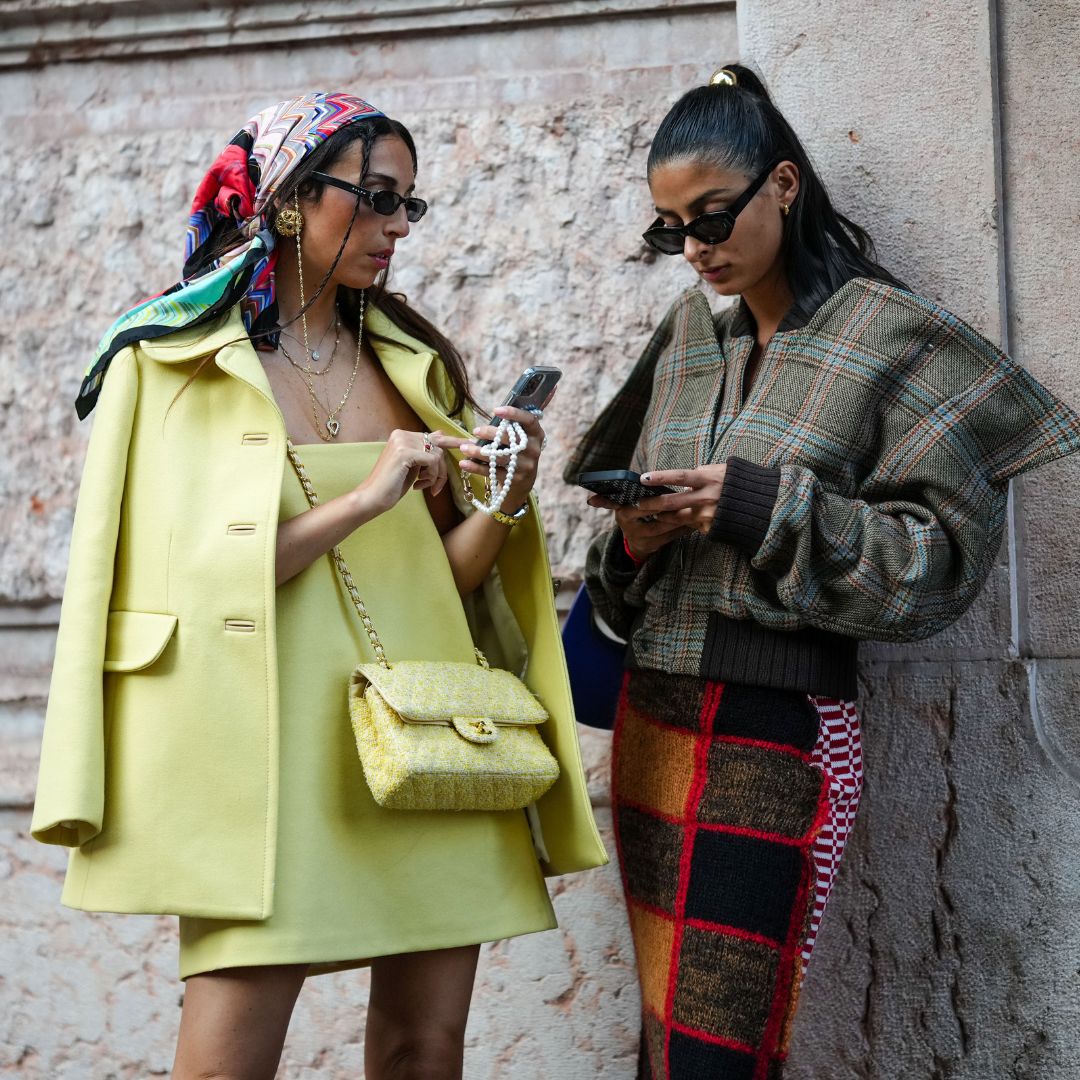 Mytheresa is having a secret sale right now and these are the 11 cult items I'm eyeing
Mytheresa is having a secret sale right now and these are the 11 cult items I'm eyeingIncluding the designer bag that was everywhere at Milan Fashion Week
By Clementina Jackson
-
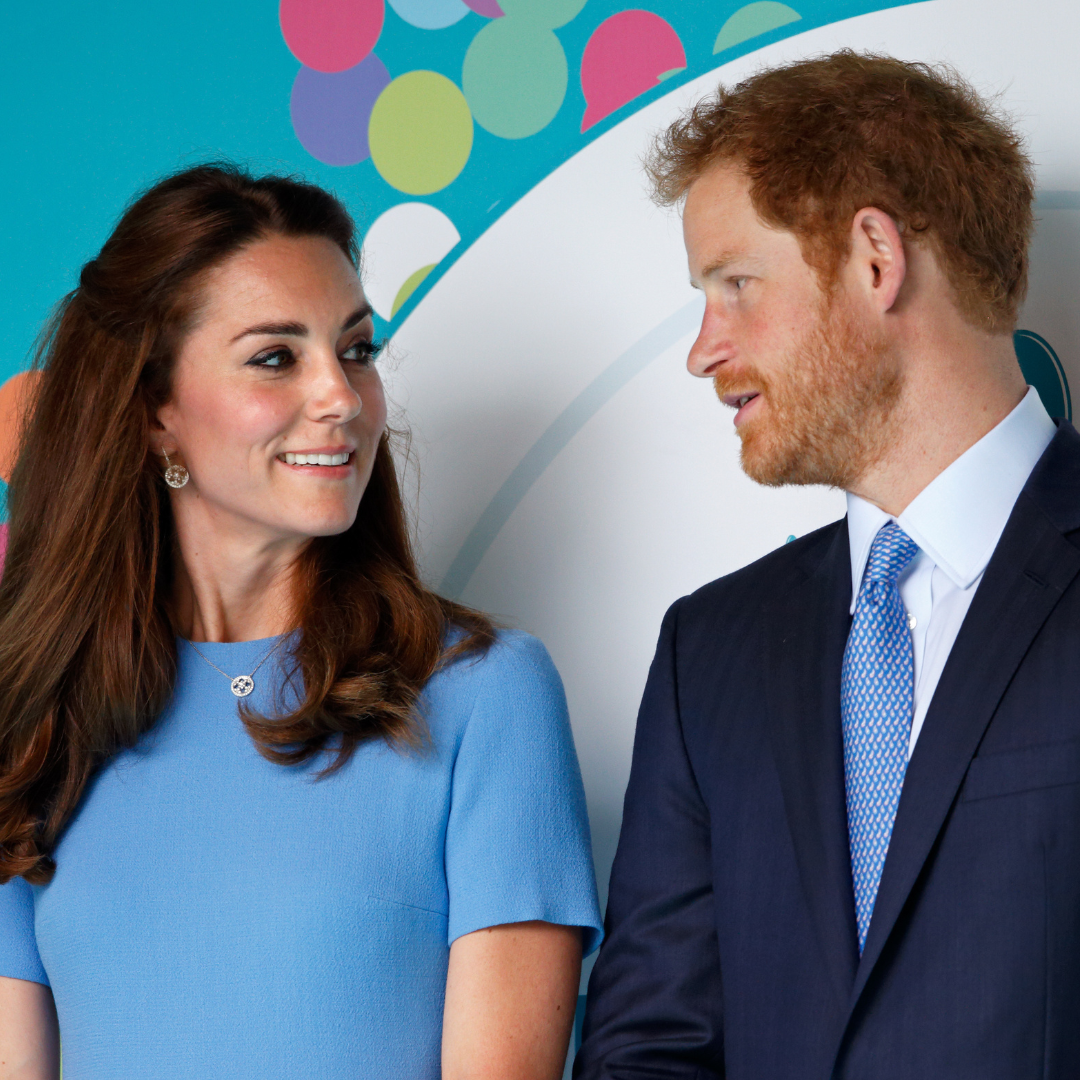 Prince Harry reportedly extended an 'olive branch' to Kate and William on latest UK trip
Prince Harry reportedly extended an 'olive branch' to Kate and William on latest UK tripBig if true
By Iris Goldsztajn
-
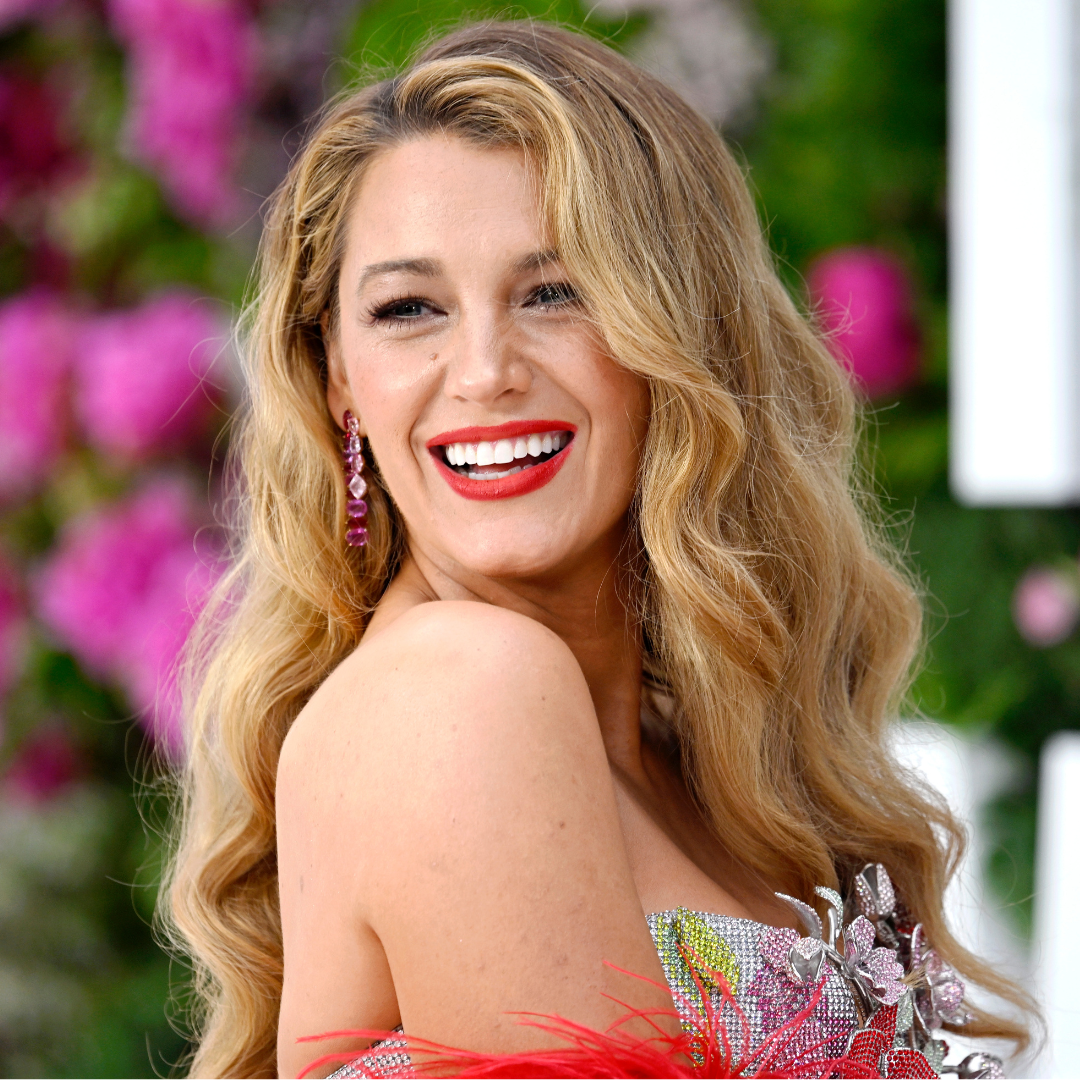 How Prime Video is protecting Blake Lively amid her new movie promo
How Prime Video is protecting Blake Lively amid her new movie promoAn understandable move
By Iris Goldsztajn